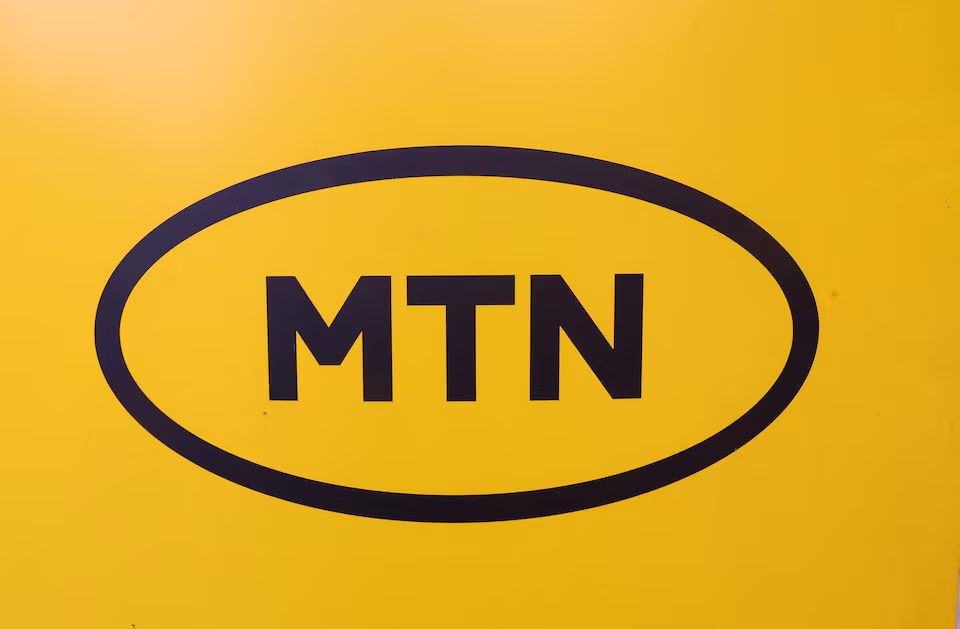The Federal Aviation Administration (FAA) released a list of 50 airports which will have buffer zones when services finally go live on 19 January.
In a statement, the FAA noted AT&T and Verizon had agreed to turn off transmitters and make other adjustments near the airports for six months to minimise potential 5G interference with sensitive aircraft instruments used in low-visibility landings.
The agency said it sought input from the aviation community on where the proposed buffer zones would help reduce the risk of disruption.
Traffic volume, the number of low-visibility days and geographic location were factored into the selection, it explained.
The FAA also noted it continues to work with aerospace manufacturers and operators “to make sure 5G is safely deployed and to limit the risk of flight disruptions at all airports”.
Verizon and AT&T recently agreed to a second delay of 5G in the C-Band spectrum following concerns about potential interference with radio alimeters.
At the time, the operators promised to implement “extensive exclusion zones around the runways at certain airports”, predicting this would “reduce C-band signal levels by at least ten-times” during take-offs and final approaches.
Despite the recent measures, the matter remains highly contentious: Reuters reported Kevin Burke, president and CEO of industry group Airports Council International – North America, as saying the FAA list “is largely irrelevant” due to the widespread impact of C-Band 5G “in and around airports”.
Source: www.mobileworldlive.com




